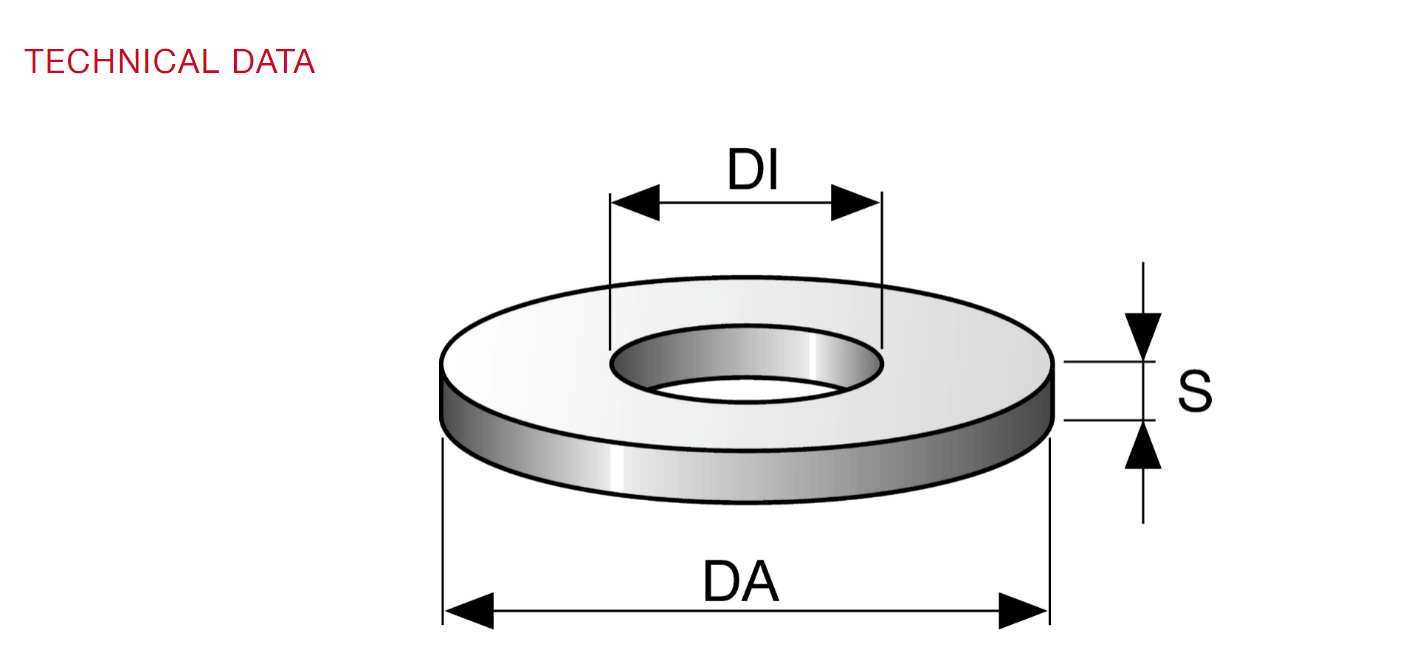self drilling screw vs self tapping
Self-Drilling Screws vs. Self-Tapping Screws Understanding the Differences
When it comes to fastening materials in construction, automotive, and various DIY projects, choosing the right type of screw is crucial. Two commonly used types are self-drilling screws and self-tapping screws. While they may sound similar and are often confused with one another, they serve different purposes and are designed for different tasks. Understanding the distinctions between these two types of screws can significantly impact the effectiveness and efficiency of your project.
What Are Self-Drilling Screws?
Self-drilling screws, often referred to as drill screws, are designed with a unique feature a drill bit-like point. This sharp tip allows them to penetrate and create a hole in materials, such as metal and wood, without the need for a pre-drilled pilot hole. The primary advantage of self-drilling screws is their ability to save time and labor during installation. As the screw is driven into the material, it drills its own hole, making them ideal for applications where speed is essential, such as metal roofing or framing.
This type of screw is particularly useful when working with thicker materials or in situations where precision is paramount, as they help ensure a tight connection without the need for additional tools. Additionally, self-drilling screws are available in various sizes and materials, making them versatile enough for many applications.
What Are Self-Tapping Screws?
On the other hand, self-tapping screws are designed to create their own thread in the material they are driven into. Unlike self-drilling screws, self-tapping screws typically do not have a pointed tip that can drill a hole through a material. Instead, they are used for attaching materials, such as metal to metal or plastic to wood, and they require a pilot hole to be drilled beforehand. The self-tapping feature comes into play once the screw enters the material; it taps and forms the thread as it is driven in.
Self-tapping screws are often utilized in situations where a strong hold is required, such as in structural applications or in environments exposed to vibrations. The threads allow the screw to grip securely, minimizing the risk of loosening over time. Although they may require an additional step of drilling a pilot hole, their ability to form a strong connection makes them a popular choice among contractors and DIY enthusiasts alike.
self drilling screw vs self tapping

Key Differences Between Self-Drilling and Self-Tapping Screws
1. Point Design The most obvious difference is the screw tip. Self-drilling screws have a drill bit-like point to create a hole, while self-tapping screws have a pointed tip designed for tapping threads in pre-drilled holes.
2. Application Self-drilling screws are typically used when speed is a priority and no pilot hole is desired, making them suitable for thicker materials. Self-tapping screws are better suited for applications requiring a tight grip on thinner materials or where extra threading strength is needed.
3. Installation Time Self-drilling screws can significantly reduce installation time due to their ability to eliminate the need for pre-drilling. In contrast, self-tapping screws require additional preparation, lengthening the installation process.
4. Material Compatibility Self-drilling screws are often preferred for metal applications, whereas self-tapping screws can be used effectively in both metal and wooden applications, as long as a pilot hole is made.
Conclusion
In summary, choosing between self-drilling screws and self-tapping screws hinges on the specific requirements of your project. If speed and the ability to drill without a pilot hole are essential, self-drilling screws are the way to go. However, if you need a strong connection with a pre-drilled hole, self-tapping screws will serve you better. Understanding these differences not only helps in selecting the right fastener but also ensures that your construction or DIY project is executed efficiently and effectively. Always consider the material, required strength, and project demands to choose the appropriate screw type for your needs.
-
Top Choices for Plasterboard FixingNewsDec.26,2024
-
The Versatility of Specialty WashersNewsDec.26,2024
-
Secure Your ProjectsNewsDec.26,2024
-
Essential Screws for Chipboard Flooring ProjectsNewsDec.26,2024
-
Choosing the Right Drywall ScrewsNewsDec.26,2024
-
Black Phosphate Screws for Superior PerformanceNewsDec.26,2024
-
The Versatile Choice of Nylon Flat Washers for Your NeedsNewsDec.18,2024










